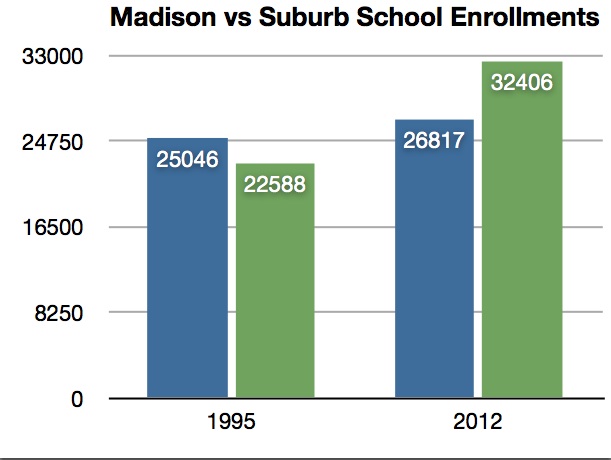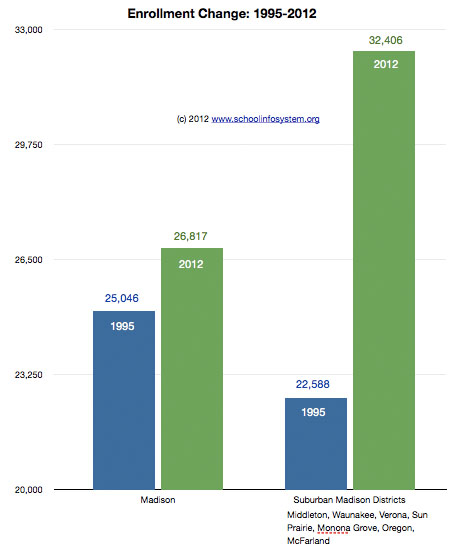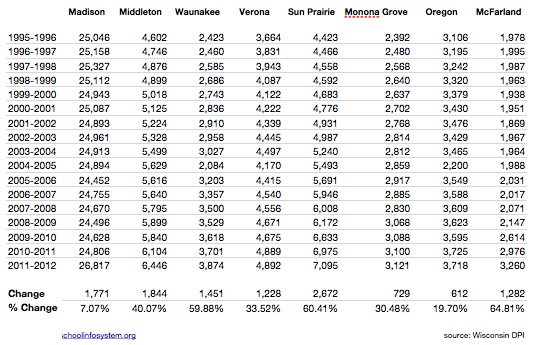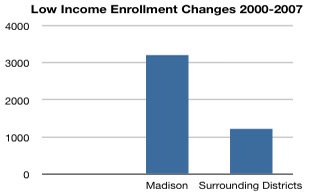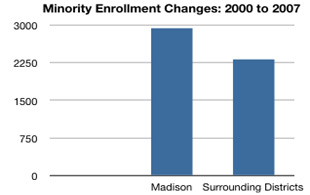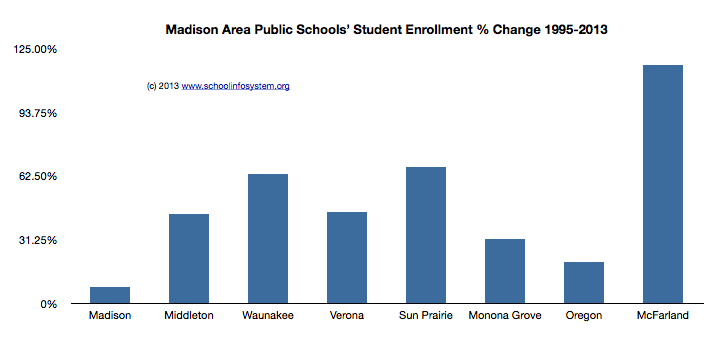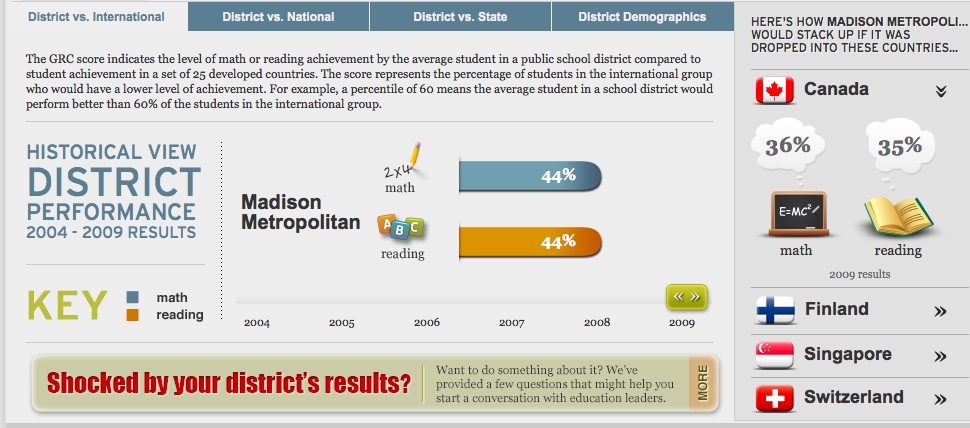Hi, I’m cap tines K-12 education reporter Scott Gerard. Today. Our cap times IDFs panel will discuss how will COVID-19 change K-12 education. I’m lucky to have three wonderful panelists with me to help answer that question. Marilee McKenzie is a teacher at Middleton’s Clark street community school, where she has worked since the school was in its planning stages.
She’s in her [00:03:00] 11th year of teaching. Dr. Gloria Ladson billings is a nationally recognized education expert who was a U w Madison faculty member for more than 26 years, including as a professor in the departments of curriculum and instruction, educational policy studies and educational leadership and policy analysis.
She is also the current president of the national Academy of education. Finally dr. Carlton Jenkins is the new superintendent of the Madison metropolitan school district. He started the districts top job in August, coming from the Robbinsdale school district in Minnesota, where he worked for the past five years, Jenkins began his career in the Madison area.
Having worked in Beloit and at Memorial high school in early 1990s before moving to various districts around the country. Thank you all so much for being here. Mary Lee, I’m going to start with you. You’ve been working with students directly throughout this pandemic. How has it gone? Both in the spring when changes were very sudden, and then this fall with a summer to reflect and [00:04:00] plan, it’s been interesting for sure.
Um, overall, I would say the it’s been hard. There has been nothing about this have been like, ah, It’s really, it makes my life easy. It’s been really challenging. And at the same time, the amount of growth and learning that we’ve been able to do as staff has been incredible. And I think about how teachers have moved from face-to-face to online to then planning for.
